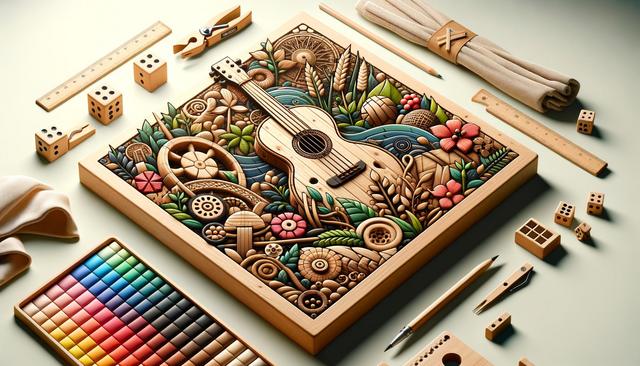What Are Game Skins and Why Do They Matter?
Game skins are aesthetic enhancements applied to characters, equipment, or environments within a video game. They don’t alter gameplay mechanics but can significantly change how the game looks and feels. For both casual players and competitive gamers, skins contribute to personalization, identity, and immersion. Whether it’s a sleek weapon design or a vibrant character outfit, skins can elevate a player’s overall experience. As a result, game developers and designers often focus on creating compelling skins that resonate with the community and reflect the game’s visual language. Understanding the importance of user perception and engagement makes skins a valuable area of study in UI and UX design.
In recent years, the demand for high-quality game skins has surged. This trend has led to a growing interest in specialized learning paths, such as Game Skins and Design Courses, which offer practical knowledge in digital artistry and user interface considerations. These courses often highlight how visual appeal can improve a product’s usability and how design decisions can emotionally connect with a user.
How UI and UX Design Influence Game Skins
UI (User Interface) and UX (User Experience) are central components in the creation of game skins. UI concerns the visual layout and interactive elements, while UX focuses on the overall feel and logic behind a player’s journey. When applied to game skins, these design principles ensure that visual modifications are not only attractive but also intuitive and consistent with the game’s ecosystem.
Key UI and UX elements involved in game skin development include:
- Color theory and visual harmony
- Iconography and visual consistency
- Responsive design for different platforms
- Accessibility and readability of design elements
By learning how these principles work together, students in Game Skins and Design Courses can develop skins that are both visually compelling and user-friendly. These programs often simulate real-world scenarios where learners must balance creativity with usability, preparing them for challenges faced in professional game development environments.
What You’ll Learn in Game Skins and Design Courses
Game Skins and Design Courses are typically structured to provide a solid foundation in both the artistic and technical aspects of design. These courses emphasize hands-on learning, allowing students to experiment with digital tools, design software, and prototyping platforms. Participants learn how to conceptualize, create, and implement skins that align with a game’s design system.
Some common topics covered include:
- Introduction to game design principles
- Digital illustration and asset creation
- Prototyping and user testing
- Version control and collaboration tools
By the end of the course, students typically build a portfolio showcasing their skin designs, which can be used to apply for internships, freelance work, or full-time positions in the gaming industry. The combination of theory and practice makes these courses a useful starting point for aspiring game designers and artists.
Tools and Software Used in Skin Design
Designing game skins requires familiarity with a range of digital tools. These programs help artists develop assets that integrate seamlessly into game engines while maintaining high visual standards. Game Skins and Design Courses often introduce learners to industry-standard tools and provide training on how to use them effectively.
Popular software tools include:
- Vector and raster graphic editors (e.g., drawing and painting programs)
- 3D modeling software for character and object skins
- UI prototyping tools to simulate user interaction
- Game engines for asset implementation and testing
Proficiency in these tools not only enhances the quality of the skins but also improves workflows and collaboration with other team members such as developers and testers. Understanding how to optimize skin assets for performance and cross-platform compatibility is another valuable skill taught in these courses.
Career Opportunities and Industry Relevance
The gaming industry is constantly evolving, and the demand for skilled designers who can create engaging visual assets remains strong. Game skins are a major component of in-game monetization models and community engagement strategies. As such, professionals with expertise in UI and UX design for skins are often in demand across game studios, indie projects, and online marketplaces.
Career paths for those who complete Game Skins and Design Courses may include:
- Game artist or 2D/3D designer
- UI/UX designer for interactive media
- Freelance skin designer for digital platforms
- Asset designer for mobile and online games
Moreover, building a strong portfolio through these courses allows aspiring professionals to showcase their creativity and problem-solving skills, which are essential in securing roles within the competitive gaming sector. These qualifications can also serve as a stepping stone into broader design roles within the entertainment and tech industries.
Conclusion: Turning Creativity Into Practical Design
Creating game skins is more than just adding visual flair—it’s about enhancing user experience and contributing to the overall identity of a game. By enrolling in Game Skins and Design Courses, aspiring designers can gain the skills needed to merge artistic vision with functional design. These programs offer a comprehensive introduction to the tools, techniques, and industry expectations that shape modern game aesthetics. Whether you’re looking to start a career in game development or simply want to explore a creative outlet, learning how to design game skins can be a rewarding and practical endeavor.
